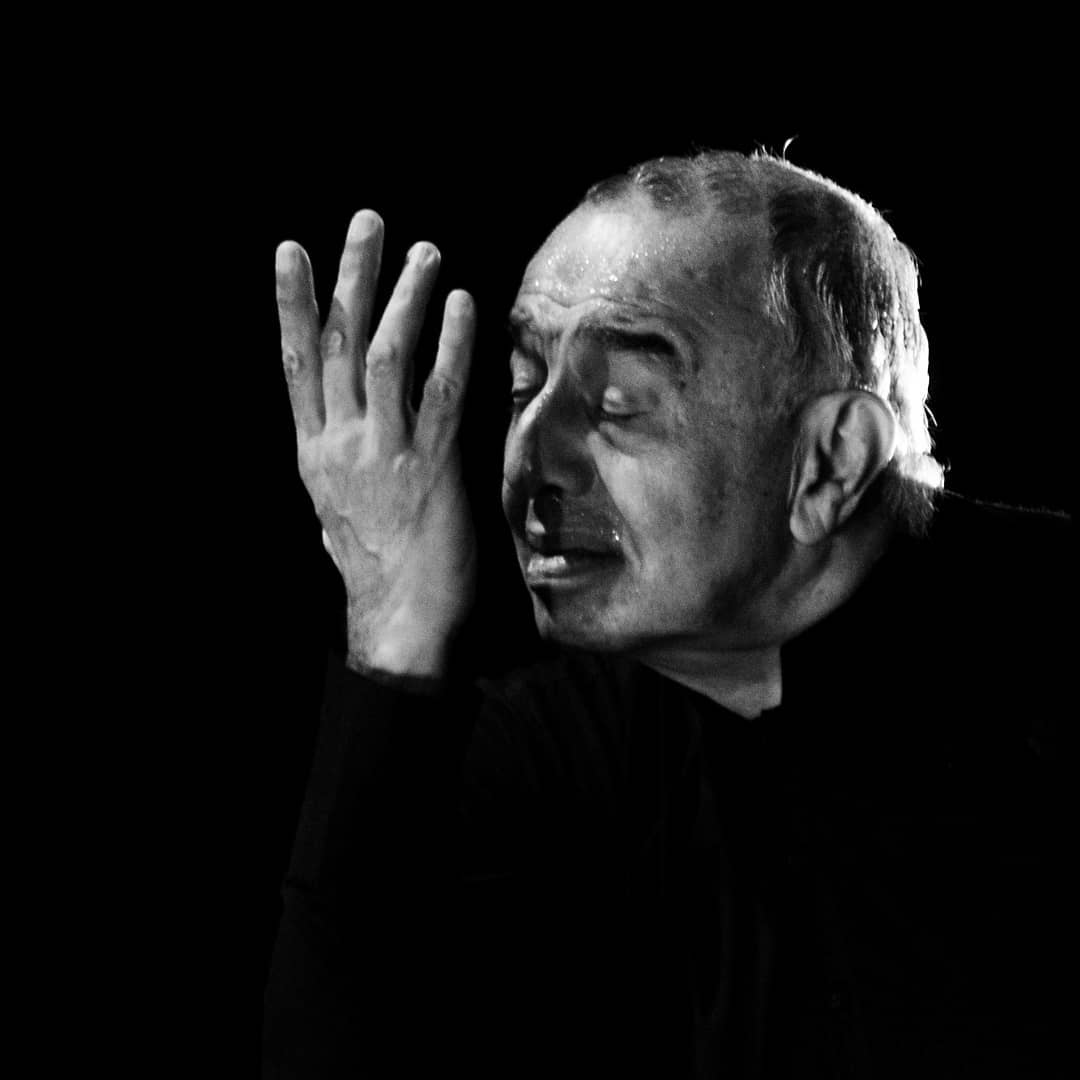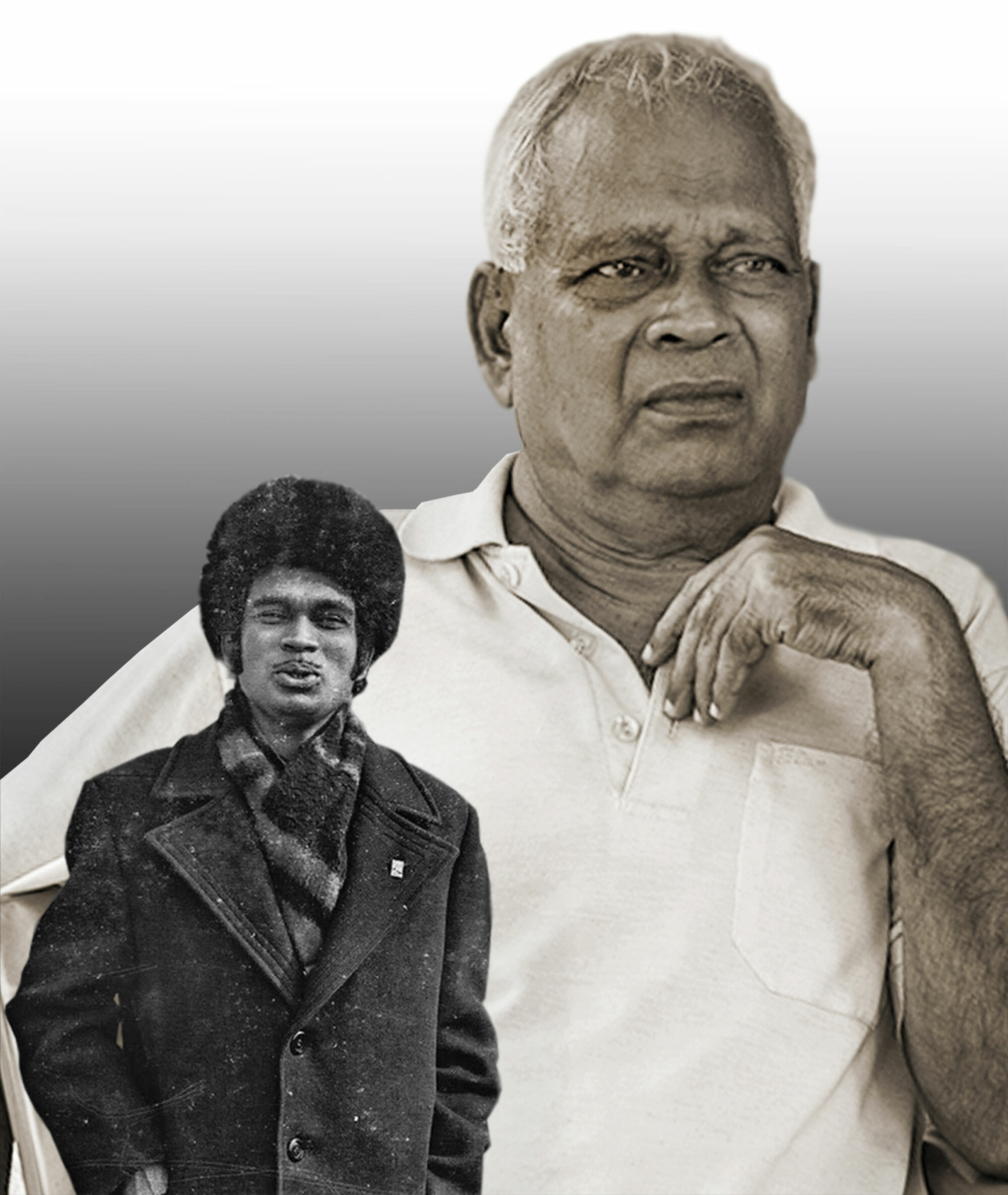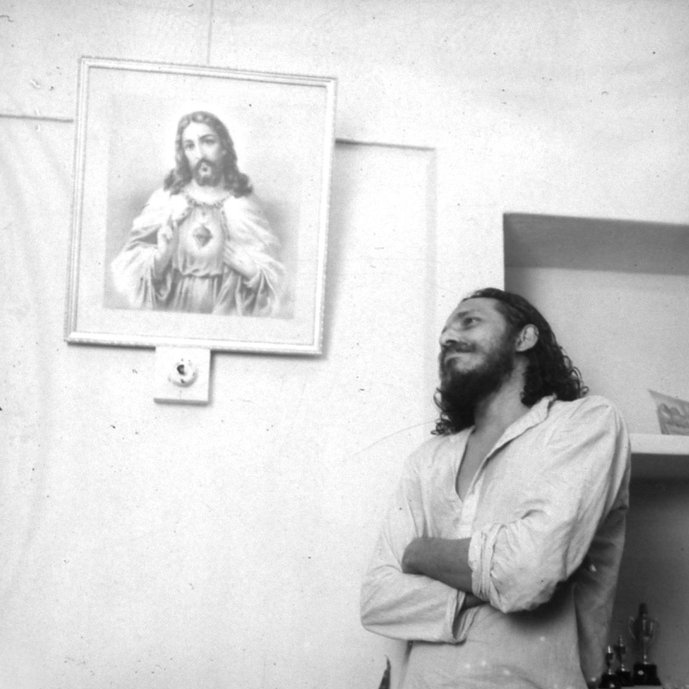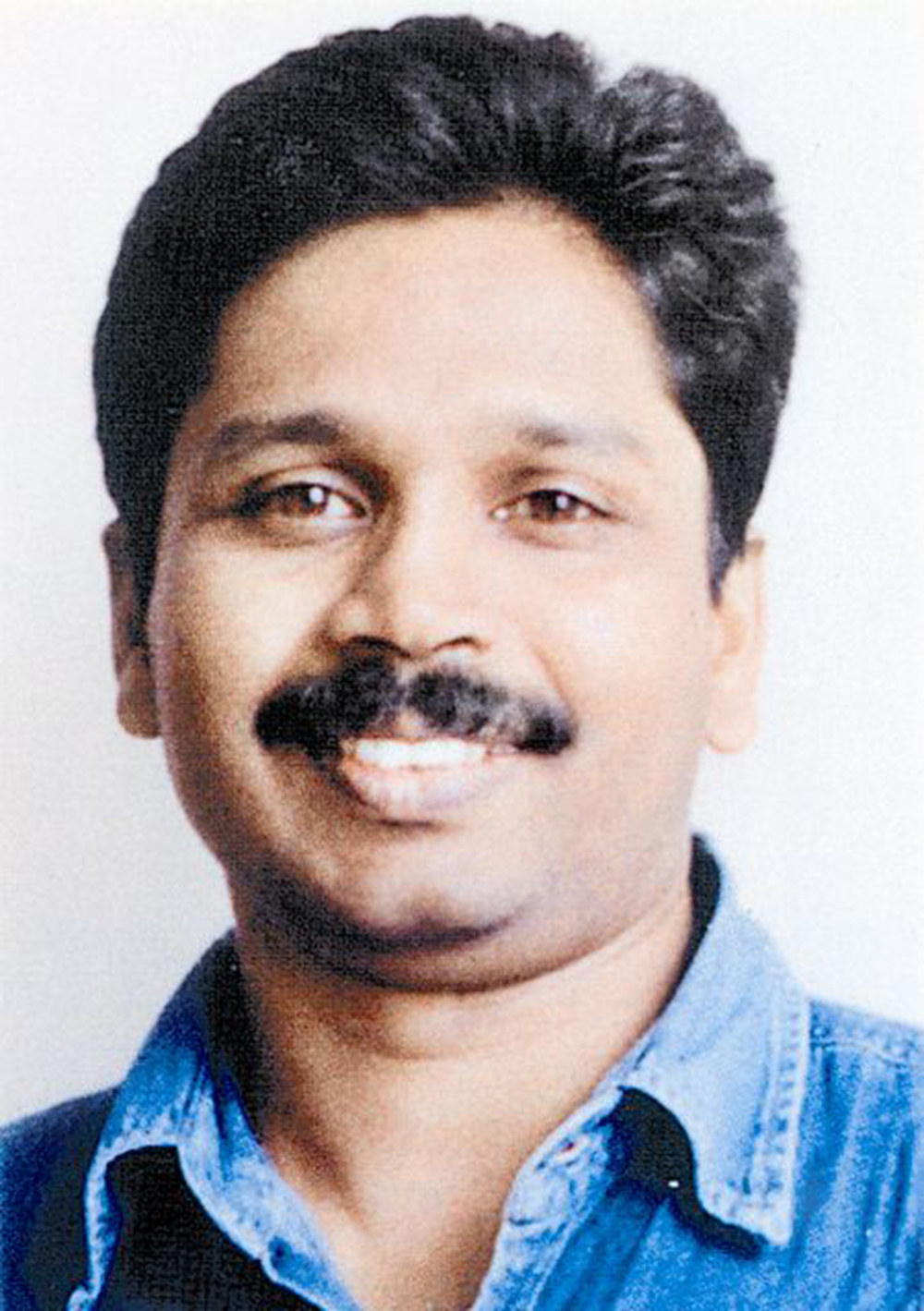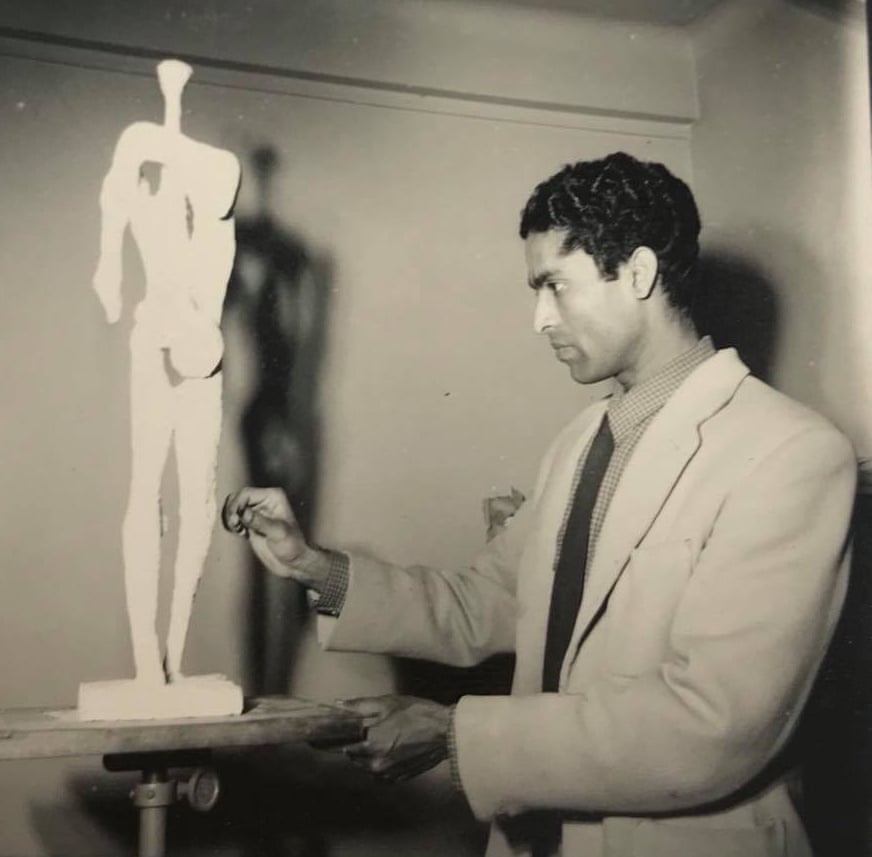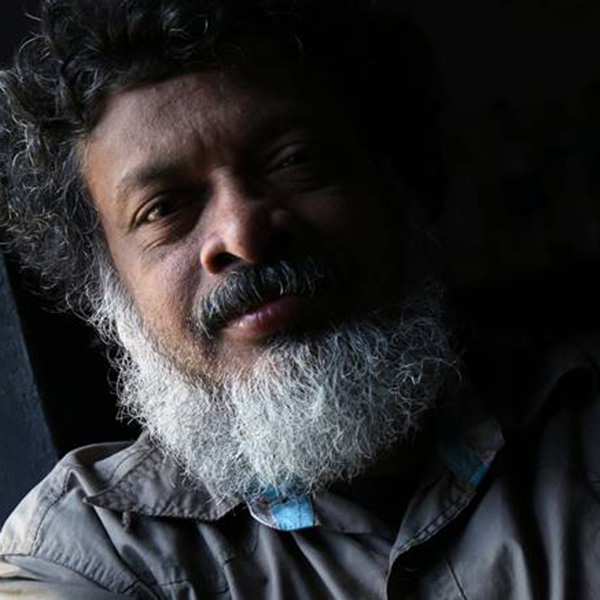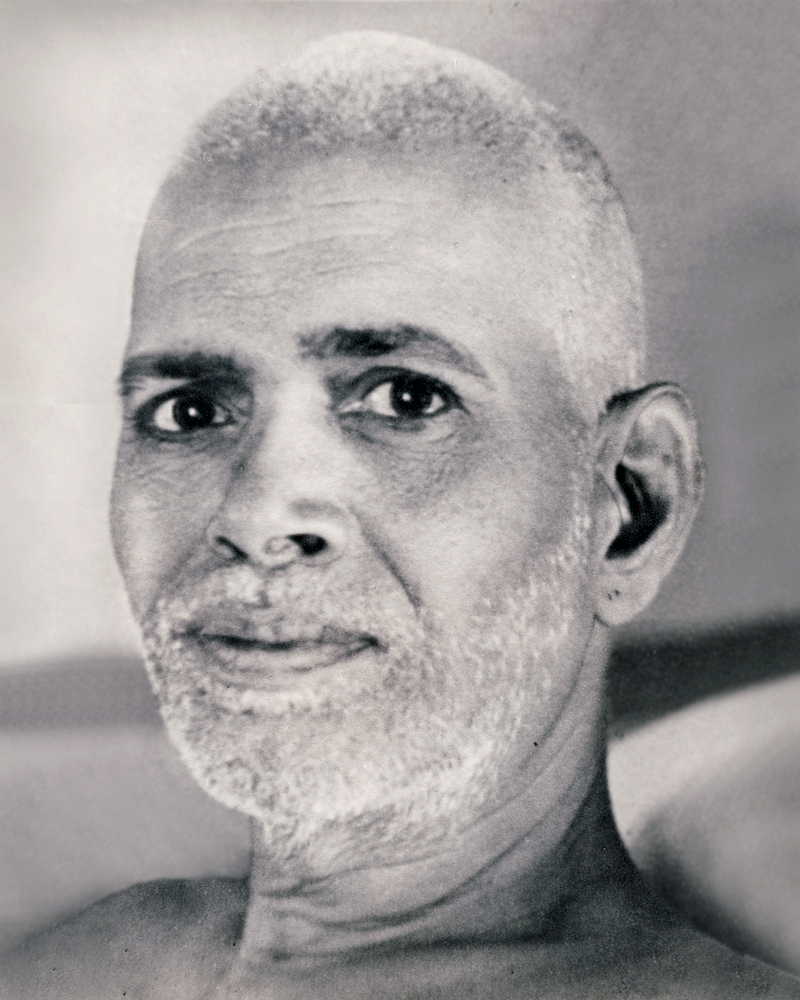Memory
History
Photo Mail remembers
Photographers and
Their contribution
As well as tunes into
The historical perspectives that
Influence contemporary
Photographic practice and
Its aesthetics
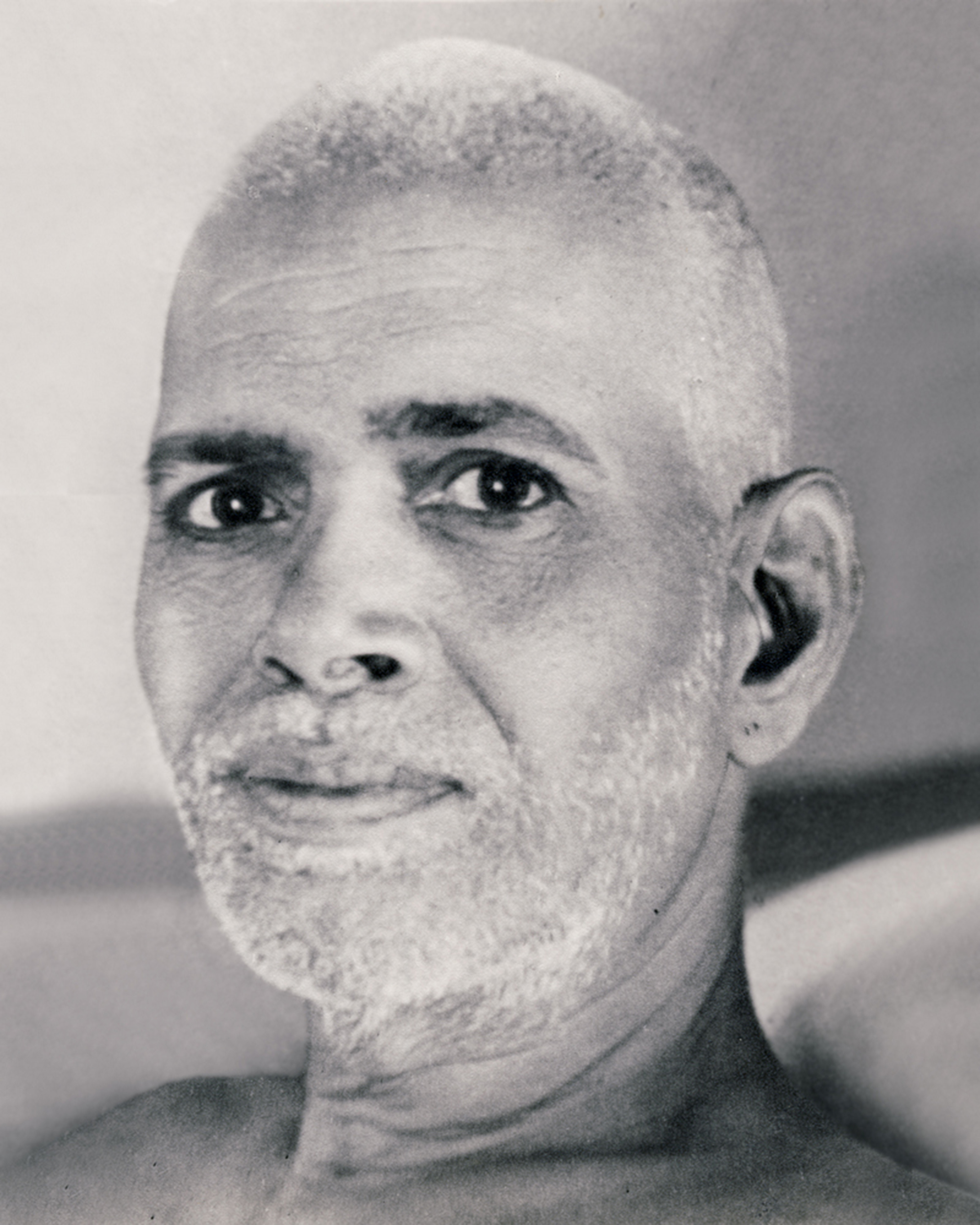
Mani Bust © PRS Mani Iyer 1930s / Source Internet
As we all know, Photography was introduced to India soon after its invention in early 1840s by the colonial rulers. The Palace commissioned photographers to make exotic photos of this land. The intent was to primarily propagate India as an ideal destination for the British to explore and settle. In those times, there were many notions in Europe about India that portrayed this as a land plagued by diseases, man eaters and crimes. Hence, the colonial rulers took extraordinary efforts to highlight the wealth, beauty and prosperity of India and royal properties. Photographs of the majestic architecture, magnificent landscapes and beautiful people of this ancient land were made and propagated. In these photographs, human presence was minuscule compared to that of built structures. This encouraged many Britishers to visit and invest in India. However, the commissioned photographers also documented the first Indian upraise (1857 mutiny),the horror of which turned the attention of the world upon the cruelty and oppression of the colonial rule. Later, studio photography was introduced, which became very successful in India. The ruling class and the aristocrats also commissioned commercial photographers to have their photographs made, as it was comparatively cheaper and less time consuming than oil painting or sculpting.
Later on, the Indian Independence struggle attracted well known photo-journalists from Europe and America. Many of the photographers were also army officers, and the commoners were forcefully photographed. There was also a prevailing belief that photographs stole one’s soul, and hence, saints and mystics of that age were not interested in being photographed.Ramana Maharishi, an Indian philosopher and a well known mystic became one of the earliest to understand the power of the visuals. He allowed and encouraged photographers to chronicle his life.
In 1930,PRS Mani Iyer became the first official photographer of Ramana. His portrait of Ramana, commonly known as “Mani Bust”, became the most popular photo, widely circulated and worshiped by millions from across the world. Very little is known about this master photographer and his other photographs that he had taken while he was working as an Executive photographer at Modern Theaters, Salem. Modern Theatres Ltd. was a motion picture movie studio in Salem, Tamil Nadu, India started by Thiruchengodu Ramalingam Sundaram (aka TRS) in 1935. The early South Indian Cinema headquarters was based in Salem and this sophisticated studio produced over more than 150 movies until 1982. PRS is known to have taken promotional photographs of eminent actors, actresses and artists during his time here.
Mani was born at the turn of the 18th century as the first son to the couple Ramaseha Iyer and Sivasankari who hailed from Pattamadai, a village in South Tamil Nadu. He has completed his Honour’s degree in Arts. He took several photographs of Ramana during his time at the ashram. Mani was first brought to the ashram by Prof. NR Krishnamurti Iyer who said “the sarvadhikari asked me to send him a photograph of Nataraja, the majestic idol in the Meenakshi Temple, in front of whom the boy Ramana stood for long spells of time, shedding copious tears of ecstasy, before he left Madurai for good. He also wanted a photograph of the house where Ramana was born in Tiruchuzhi and of some other places there. These were meant to be placed in the Tamil biography Sri Ramana Vijayam by Suddhananda Bharati. I could succeed in implementing the request with the help of PRS Mani, my student and an expert photographer.” 1 PRS died at the young age of 33 years.
Modern Theaters is presently a housing complex. In all likelihood, the other photographs taken by PRS Mani are forever lost to the contemporary world of photography. However, PRS Mani Iyer continues to live through his “immortal” “living” pictures, “the Mani bust”.
_________
Notes: [1] Page 136, Face to Face with Sri Ramana Maharshi

Tulsi Swarna Lakshmi is an independent writer and film-maker. She has more than a decade of experience working with leading National and International Non-Government Organisations in India, Africa, and South America. She is the Founder Managing Trustee of Ekalokam Trust for Photography and the Executive Editor of PhotoMail.
Published on January 30, 2017
Share
Related Articles
Astad Deboo, a photo tribute to the dance maestro
The artist community from around the world is deeply shocked by dance maestro Astad Deboo's sudden demise. Tributes have been pouring in. He has been a source of inspiration for many. Astad was also a good friend and mentor, always reachable and welcoming. A photographer mentioned that the last message he had received from Astad a week ago was a note of thank you. "Thank you for Photographing me all these years", Astad had said in that personal message. In fact, it is our privilege that we get to see these remarkable photographic visuals. Each one of us is indebted to these known and unknown photographers for these living pictures. As we mourn the loss of India's cultural treasure, PhotoMail brings together select photographs of Astad Deboo. Astad Deboo will live forever, in loving memory.
Remembering Punalur Rajan
Punalur Rajan was an enigma – a mystery that requires further unfolding. He was an important person in the history of contemporary Kerala. In the time to come, we will be forced to look back to his photographs – for his contribution is something that knows no bounds. He will live through the slices of history he has left behind. No words could ever fully represent the politics and ideology to which he dedicated his life. I leave my pranaams to this remarkable person with the question – what are we going to do now?
Derailed Camera, remembering John Abraham
John Abraham joined the Odessa group that comprised of 75 members, using the money collected from the people, travel from Wayanad to Kochi and Amma Ariyan develops, parallel to the political history of Kerala. The public, apart from giving money, were also involved in the film production. They did it voluntarily, with a lot of enthusiasm. The screenplay and dialogues were written then and there, and shot. Commercial actors didn’t play a major role in this movie.
The Meaning of Photography and, therefore, of Victor George
Victor George looked for meaning in rain, not formal beauty or abstraction. Instances of abstraction are sporadically seen in his photographs – such as a massive raincloud which looks like a wash of purple-grey – but are always marred by a concrete, meaningful, identifiable figure – in the aforementioned case, a flying bird occupies the centre of attention of the image, and discernible clouds are seen in the background, giving the image concreteness.
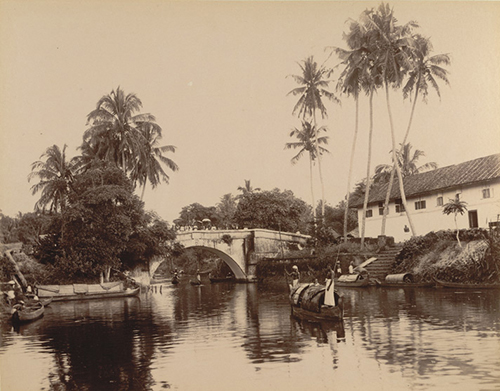
Zachariah D’Cruz and the Act of Photographing a Progressive Travancore
Zachariah D’Cruz is not an oft-mentioned name in the context of Indian photography, and his images circulate in India, especially Kerala, without his name being mentioned as the author. It is easiest to describe him as a government photographer of the Travancore kingdom, whose most popular and most visible work today consists of a collection of 76 images titled “Album of South Indian Views”, which was gifted to Lord Curzon1 on his visit to Travancore, and which is now in the possession of the British Library.
An Enigma Held in High Disregard, or KRISHNA REDDY
Krishna Reddy’s engagements and activism during his youth was informed by a compulsion to overturn the established order. The Indian struggle for independence was gaining momentum during this period, with Mahatma Gandhi calling for the complete end to British rule in India – and Reddy joined the protests. Following Reddy’s involvement with the Quit India Movement, for which he printed hundreds of posters and was jailed a couple of times, he moved to Santiniketan – where, under the tutelage of Nandalal Bose, Benode Behari Mukherjee, and Ramkinkar Baij, he studied sculpture and water colour.
Representations of an Ethos: Razak Kottakkal
Razak Kottakal’s photographs of Basheer is almost as famous as Basheer himself; anybody who is familiar to a minimum extent with Modern Malayalam literature would have encountered at least a few of Razak’s portraits of literary figures, without knowing the name of the photographer – mostly because the photographer is considered secondary to the subject in such cases. Different aspects of Razak’s life have entered public record, through interviews of his contemporaries, family, colleagues, and subjects. Yet, for all the wealth of information that such records provide, they are hard reminders that photographers are barely understood beyond superficial labels.
Living Pictures – the “Mani Bust”
In 1930,PRS Mani Iyer became the first official photographer of Ramana. His portrait of Ramana, commonly known as “Mani Bust”, became the most popular photo, widely circulated and worshiped by millions from across the world. Very little is known about this master photographer and his other photographs that he had taken while he was working as an Executive photographer at Modern Theaters, Salem.


